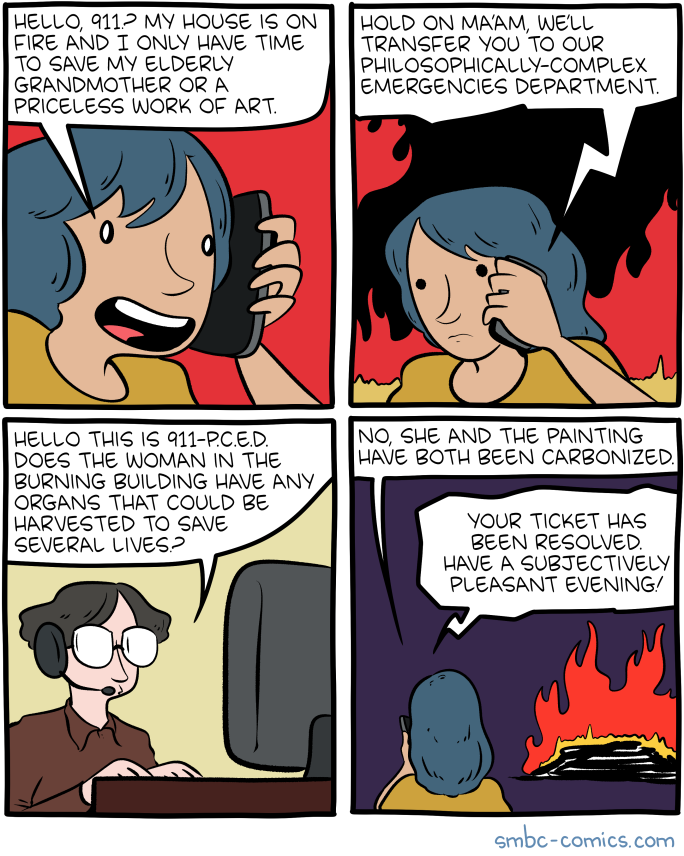Liver exchange is different than kidney exchange in a number of important dimensions, some of which will present obstacles that need to be overcome in different ways. (Although it looks like in liver exchange the donors will travel to the recipients instead of having the organs shipped, as is now mostly done in U.S. kidney exchange. That's actually how kidney exchange worked when it began) Here's a recent article from Medscape:
Can a Nationwide Liver Paired Donation Program Work? by Lucy Hicks
"To expand the number of living liver donations in the United States, the United Network for Organ Sharing (UNOS) has launched the first national paired liver donation pilot program in the United States.
...
"In 2020, 1095 people died while waiting for a liver transplant
...
"Paired kidney donation programs have been running since 2002, but paired liver donation is relatively new. Since the first US living-donor liver transplant in 1989, the procedure has become safer and is a viable alternative to deceased liver donation. A growing number of living donor programs are popping up at transplant centers across the country.
"Still, living-donor liver donation makes up a small percentage of the liver transplants that are performed every year. In 2022, 603 living-donor liver transplants were performed in the United States, compared to 8925 liver transplants from deceased donors
...
"There are several notable differences between living donor kidney transplants and living donor liver transplants. For example, living donor liver transplant is a more complicated surgery and poses greater risk to the donor. According to the OPTN 2020 Annual Report, from 2015–2019, the rehospitalization rate for living liver donors was twice that of living kidney donors up to 6 weeks after transplant (4.7% vs 2.4%). One year post transplant, the cumulative rehospitalization rate was 11.0% for living liver donors and 4.8% for living kidney donors.
"The risk of dying because of living donation is also higher for liver donors compared to kidney donors. The National Kidney Association states that the odds of dying during kidney donation are about 3 in 100,000, while estimates for risk of death for living liver donors range from 1 in 500 to 1 in 1000. But some of these estimates are from 10 or more years ago, and outcomes have likely improved
...
"In addition to a more complex surgery, surgeons also have a smaller time window in which to transplant a liver than than they do to transplant a kidney. A kidney can remain viable in cold storage for 24–36 hours, and it can be transported via commercial airlines cross country. Livers have to be transplanted within 8–12 hours, according to the OPTN website. For living donation, the graft needs to be transplanted within about 4 hours, Samstein noted; this poses a logistical challenge for a national organ paired donation program.
"We worked around that with the idea that we would move the donor rather than the organ," he said. The program will require a donor (and a support person) to travel to the recipient's transplant center where the surgery will be performed. While 3 of the 15 pilot paired donation transplant centers are in New York City, the other programs are scattered across the country, meaning a donor may have to fly to a different city to undergo surgery.
"Including the preoperative evaluation, meeting the surgical team, the surgery itself, and follow-up, the donor could stay for about a month. The program offers up to $10,000 of financial assistance for travel expenses (for both the donor and support person), as well as lost wages and dependent care (for the donor only). Health insurance coverage will also be provided by the pilot program, in partnership with the American Foundation for Donation and Transplant.
...
"The 1-year pilot program is set to begin when the program conducts its first match run — an algorithm will help match pairs who are enrolled in the program. About five to seven enrolled pairs would be ideal for the first match run, a UNOS spokesperson said. It is possible that the 1-year pilot program could run without performing any paired transplants, but that's unlikely if multiple pairs are enrolled in the system, the spokesperson said. At the time of this story's publication, the one enrolled pair are a mother and daughter who are registered at the UCHealth Transplant Center in Colorado."










